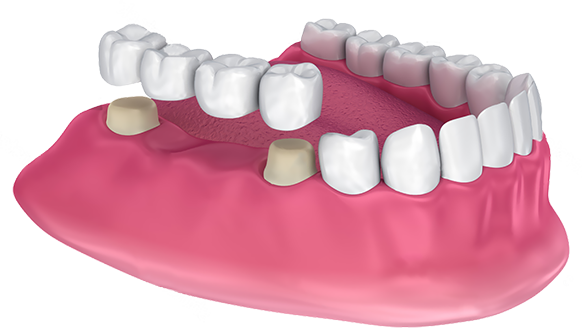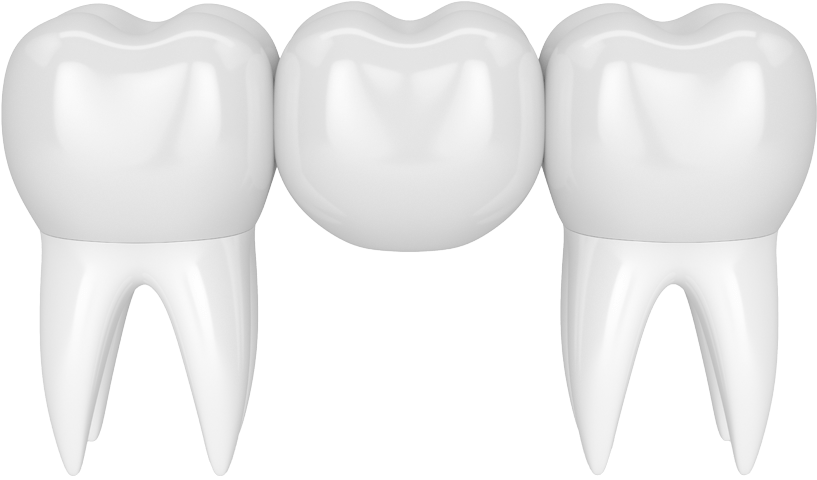Best crowns & bridges
Best crowns and bridges are two of the most popular solutions in modern dentistry. These restorations help individuals who have damaged, decayed, or missing teeth by providing support, strength, and an aesthetically pleasing appearance. In this article, we will delve deep into Best crowns and bridges, their benefits, types, and the procedures involved. A dental crown is a tooth-shaped “cap” placed over a damaged or weakened tooth to restore its size, shape, strength, and appearance. Crowns are often necessary when a tooth has a large filling, is cracked, or has been weakened due to decay or injury. A Best crown & bridges can help restore the tooth’s functionality, preventing further damage and reducing the risk of tooth loss.Best Crowns and bridges offer effective, long-lasting solutions for repairing damaged, decayed, or missing teeth. Whether you need to restore the strength of a weakened tooth or replace a missing tooth, Best crowns and bridges provide durable, aesthetically pleasing results. By working with your dentist to choose the right type of crown or bridge, you can restore both the function and beauty of your smile, improving your overall quality of life. Best Crowns and bridges are integral components of restorative dentistry, helping patients regain functionality, strength, and aesthetics when their teeth are damaged, weakened, or missing. These dental solutions are designed to provide long-lasting and reliable results, ensuring that the smile remains both beautiful and functional.

Initial Consultation and Examination:
Your dentist will examine the tooth in question, possibly using X-rays or scans to determine the extent of damage or decay. If root canal treatment is required, that will be completed beforehand.
Tooth Preparation:
The damaged or decayed portion of the tooth is removed to create space for the crown. In some cases, the dentist may add filling material to ensure that the tooth is the proper shape to support the crown.
Impression and Temporary Crown:
Once the tooth is reshaped, the dentist will take an impression, which is used to create a custom crown. A temporary crown will be placed to protect the tooth while the permanent one is being made.
Fitting and Placement of the Permanent Crown:
When the permanent crown is ready (typically within a week or two), you will return to the dentist. The crown will be tried on for fit and appearance, and adjustments may be made before it is permanently cemented into place.
Different Types of Crowns and Their Applications
Porcelain Crowns
Best for:
Front teeth and those that require cosmetic enhancement.
Advantages:
Porcelain crowns blend seamlessly with natural teeth, providing a highly aesthetic solution.
Disadvantages:
While porcelain is durable, it is not as strong as metal crowns and may be prone to chipping, especially for back teeth.
Metal Crowns
Best for:
Back teeth, where strength and durability are a priority over aesthetics.
Advantages:
Metal crowns, often made of gold or other metals, are highly durable and resistant to wear. They are also gentle on opposing teeth, causing less abrasion.
Disadvantages:
The primary drawback is their appearance, as they do not match the natural color of teeth.
Porcelain-Fused-to-Metal (PFM) Crowns
Best for:
Teeth that need both strength and aesthetic appeal, such as molars and premolars.
Advantages:
These crowns offer the durability of metal with the natural appearance of porcelain, making them a versatile option for both functional and aesthetic purposes.
Disadvantages:
The metal base may be visible along the gum line, especially if the gum recedes over time.
Zirconia Crowns
Best for:
Teeth that require high strength and aesthetic appeal.
Advantages:
Zirconia is one of the toughest materials used for dental crowns, offering excellent strength and resistance to wear. It also provides a highly natural appearance.
Disadvantages:
Zirconia is more expensive compared to porcelain and can be more challenging to adjust in certain cases.
Resin Crowns
Best for:
Temporary crowns or less-demanding situations.
Advantages:
Resin crowns are affordable and can be a good choice for short-term use, such as after a root canal while waiting for a permanent crown.
Disadvantages:
Resin crowns are less durable and may wear down more quickly than other materials.
Conclusion
Best Crowns and bridges play a vital role in restoring both the function and aesthetics of your teeth. Whether you’re dealing with a cracked, damaged, or missing tooth, these dental restorations offer long-lasting, beautiful solutions to improve your smile and overall oral health. With proper care and regular dental visits, Best crowns and bridges can enhance your quality of life by providing a more comfortable, functional, and aesthetically pleasing smile for years to come. Best Crowns and bridges offer effective, long-lasting solutions for repairing damaged, decayed, or missing teeth. Whether you need to restore the strength of a weakened tooth or replace a missing tooth,Best crowns and bridges provide durable, aesthetically pleasing results. By working with your dentist to choose the right type of Best crown or bridge, you can restore both the function and beauty of your smile, improving your overall quality of life.Best Crowns and bridges are designed to last for many years, typically ranging from 10 to 15 years or more, depending on the material used and how well they are cared for. However, they may need to be replaced or repaired if they become damaged or worn over time.
FAQs
What is the difference between dental crowns and bridges?
Dental crowns are used to restore the natural look of an existing tooth. Dental bridges help to fill the gap of a missing tooth using surrounding teeth.
How long do crowns and bridges last?
Dental crowns and bridges can last from five to fifteen hours, depending on different factors. Your oral health should be your priority. So, daily brushing and flossing is a must. You should avoid sticky food or those with a hard surface that can decay crowns and bridges.
How long does crown and bridge treatment take place?
Crown and bridge treatment can take around five to seven appointments, depending on the clinical needs. In the meantime, our dentists will place a temporary crown or bridge. In the case of crowns, a thin layer of enamel coating will be removed, followed by taking an impression of teeth. The permanent crown would be settled using adhesive. In the case of dental bridges, teeth would be prepared considering the area occupied previously, followed by contouring the surrounding teeth. By taking impressions, bridges would be placed.

Is the treatment painful?
To make the treatment painless and comfortable for you, we will numb the particular area using anesthesia. So, you can feel the movement but not the pain.
Will my crown look false?
With our experienced professional, dental crowns would be prepared according to the shade of your natural teeth. It will be made of such composite materials that will give a natural look. So, no one will be able to recognize if you have a crown on your teeth.
Will I face trouble in eating with crowns and bridges on?
You will not face any trouble when crowns and bridges are fixed properly. In fact, you will be able to chew faster. At the same time, we suggest you to have small bites of soft food so as not to feel any change in your tooth.
Which foods need to be avoided after having crowns or bridges?
If you have a permanent dental crown, avoid having such hot and cold foods that cause sensitivity to your crowned tooth. Also, avoid chewy, sticky, or sugary foods. Don’t forget to rinse your teeth after having such foods. If you have fitted bridge in your teeth, avoid chewing extensively on raw vegetables, hard candies, or ice.
